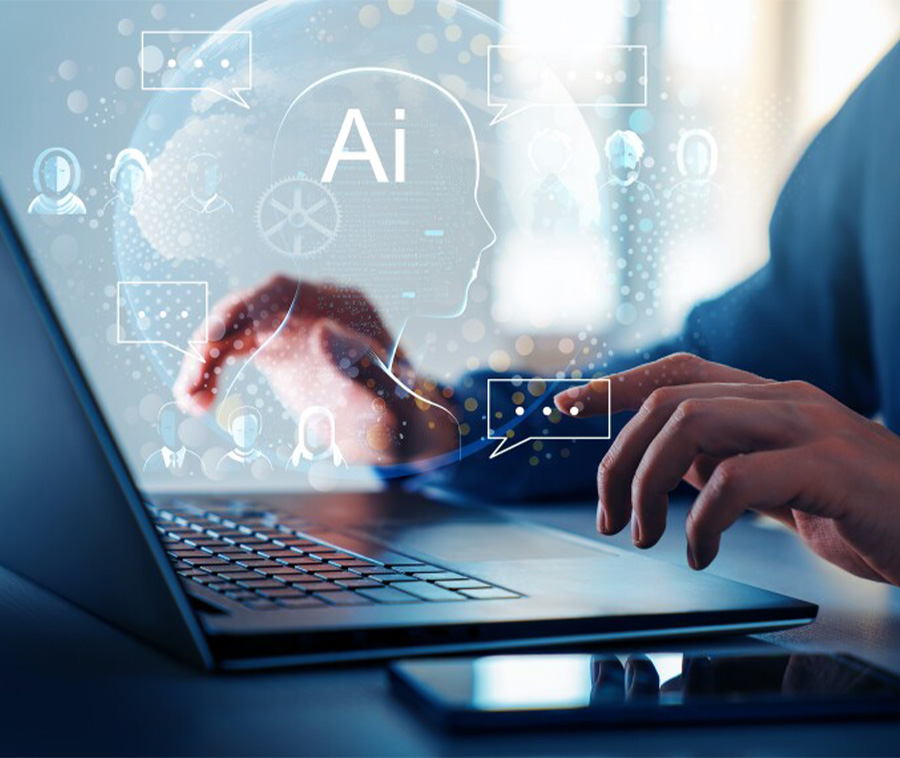
Generative AI in Education has emerged as a transformative force, reshaping how students learn, teachers instruct, and institutions operate. By leveraging advanced algorithms, machine learning models, and natural language processing, generative AI can create personalized, interactive, and efficient educational experiences that were once unimaginable.
Generative Al in education
Key use cases
Learning content
Generative AI can develop tailored study guides, quizzes, and explanations according to each learner’s strengths, weaknesses, and preferred learning style. This ensures students receive resources that match their pace and comprehension levels.
Grading & feedback
With AI-powered assessment tools, educators can quickly evaluate assignments and offer constructive feedback. This reduces grading time, enabling teachers to focus more on student engagement and mentoring.

Language learning support
Generative AI chatbots can simulate real-life conversations in multiple languages, helping learners practice pronunciation, grammar, and vocabulary in an interactive environment.
Virtual tutoring
Students can access 24/7 academic support through AI-driven virtual tutors. These systems can explain complex concepts, answer queries instantly, and provide alternative explanations when learners struggle.

Content creation for lessons
Educators can use generative AI to develop engaging lesson materials, from visual diagrams to interactive simulations, enhancing classroom participation and retention.

Benefits
Enhanced engagement
Interactive AI-powered tools make learning more dynamic and immersive.

Time efficiency
Teachers save valuable time by automating repetitive administrative tasks.
Equal access to quality education
Students from remote or underprivileged regions can access high-quality resources anytime, anywhere.
Improved learning outcomes
Personalized instruction and instant feedback help learners grasp concepts more effectively.
Cost-effective solutions
AI-driven platforms can reduce the need for expensive physical resources, lowering overall education costs.

Future trends
Hyper-personalized learning paths
Future AI systems will adapt lesson sequences in real-time, predicting the best learning trajectory for each student.
AI skill development
Generative AI will expand into vocational training, creating simulated work environments where learners can practice industry-specific skills.
Immersive learning through AR/VR
Combining generative AI with augmented and virtual reality will create deeply engaging, hands-on learning experiences.

Conclusion
The rise of Generative AI in Education marks a new chapter in academic innovation. By offering personalized content, automating routine tasks, and enabling immersive learning, this technology holds the potential to bridge educational gaps and prepare students for the evolving demands of the future.

